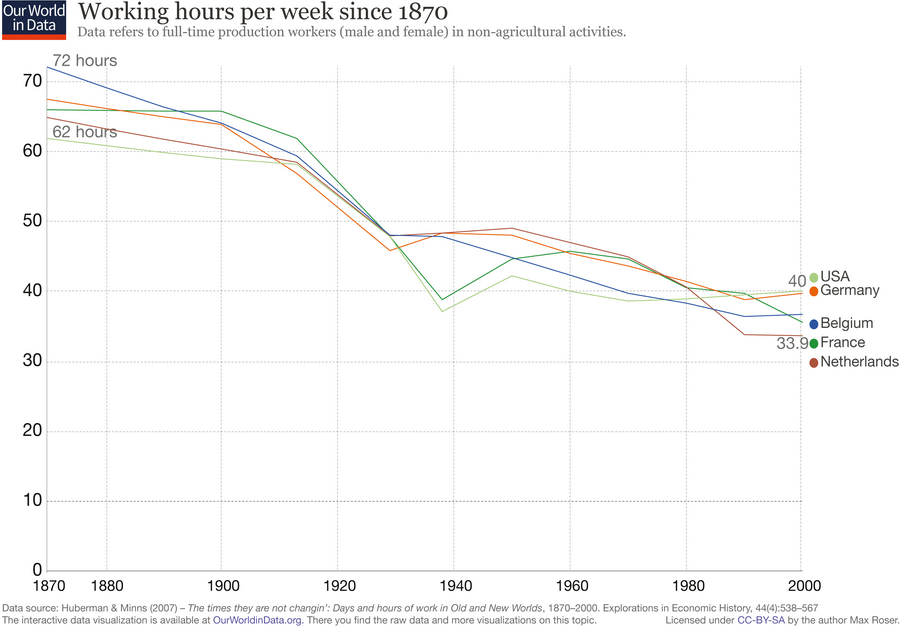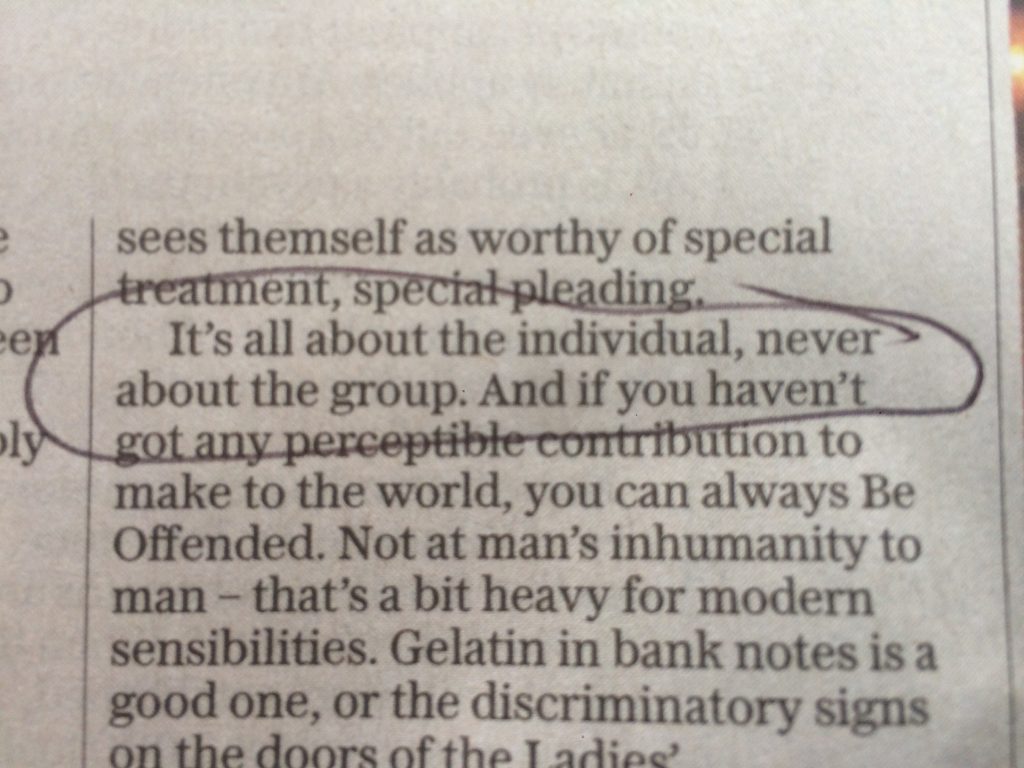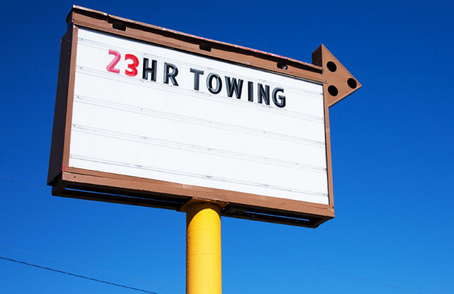
More or less of this?





Can’t remember where I saw this – a newspaper. Bang on the money if you ask me. But could things swing back to the group? Could responsibilities triumph over rights?
I’m sufferung from a total lack of motivation, possibly because neither of the two books I’m writing have deadlines. It could also be the school holidays – too many people around, too much noise, too much movement. I’d write more about this if I could, but obviously I can’t. Here’s something from the New Yorker instead.

I’m just starting a new timeline going out a few million years to speculate about the future of space/space travel/space colonisation. If anyone has any outlandish ideas I’m all ears. The only proviso is the ideas must be technically/theoretically possible.
 Another interesting article from Kevin…. link
Another interesting article from Kevin…. link
As AI becomes more critical to the inner workings of the world, more attention is being paid to the inner workings of computer code. AIs already make millions of decisions about who gets a job, who gets a home loan or even who goes to jail, so being able to check whether or not an algorithm is biased, or just plain wrong, is increasingly important.
Some errors are simply that. Accidents. But others are the result of what’s been called ‘the white guy problem.’ Most coders, especially in the US, are male. 88 per cent of all patents driving big tech are developed by all male teams. All female teams generate just 2 per cent of patents. Hence, conscious or unconscious biases can creep into any code, with the result that facial recognition software doesn’t recognise dark skins or facial expression software thinks most Asian people are blinking. This situation gets even more serious when it comes to predicting criminality.
Algorithms designed to predict the likelihood of defenders committing further crimes have been shown to flag black defendants are doubly likely to re-offend, which this has no foundation in fact. In a less seriously, but nevertheless shocking instance, algorithms made black residents in some areas pay 50 per cent more for their car insurance than white customers even after factoring in the effects of low incomes and actual crime. It’s seriously unlikely that subconscious bias built into the code paid no part in this.
You might think that Silicon Valley in California would be the last place to suffer from equality issues, but that’s simply not the case and not just with code. Several of the founders of high profile tech companies have been forced to resign due to what amounts to sexist conduct. According to many observers, men working in big tech either suffer from ‘on the spectrum’ awkwardness around women or they are hostile towards women and minorities. A study by the Center for Talent Innovation, for example, found that 52 per cent of women had quit their jobs in tech because of a “hostile environment” while a staggering 62 per cent had suffered sexual harassment. There has been progress, but no government really wants to tackle this head on while these companies are so powerful.
